What Skills are Necessary to be a Successful CAD Technician?
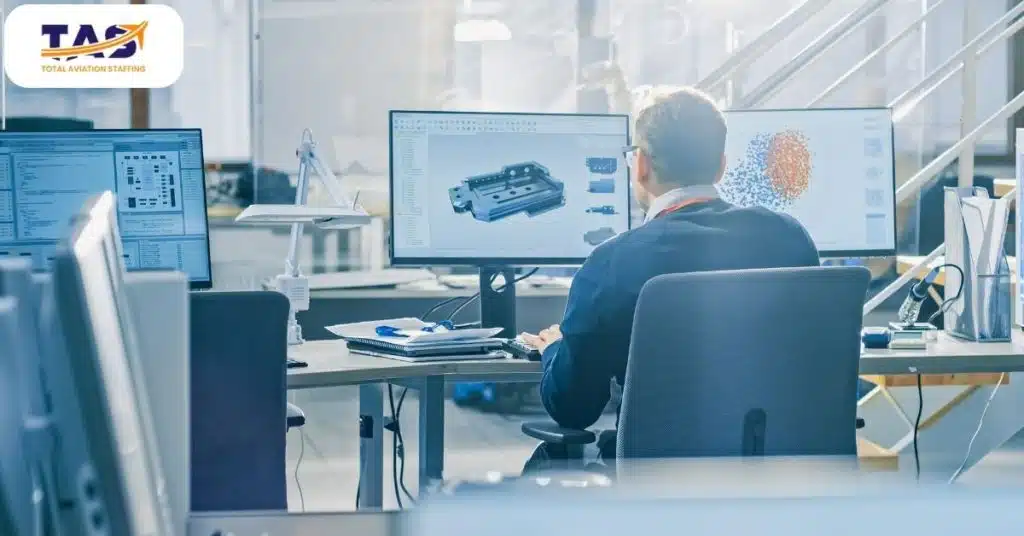
Do you have a knack for drawing and like working with your hands? CAD technicians play an important role in the aviation industry. They help to design, develop and manufacture aircraft parts using computer-aided design (CAD) software. This is a very specialized field, so if you’re interested in pursuing a career as a CAD technician, it’s important to know what skills are necessary to be successful. The best way to learn is by doing. That’s why we’ve put together this list of the top five skills you need to become a successful CAD technician. So read on and see if you have what it takes!
1. CAD Proficiency
To be a successful CAD technician, proficiency in the software is obviously key. However, aviation experience is also highly valuable. This industry is heavily regulated, so understanding the requirements and standards set by aviation authorities is essential.
Being able to effectively communicate with engineers and other aviation professionals is also important in this role. CAD technicians need to be able to clearly convey their designs and explain any changes that have been made.
Good time management skills are also beneficial, as aviation projects often have strict deadlines. With these skills, CAD technicians can thrive in this exciting and ever-changing industry.

2. Aviation Design Experience
A successful CAD technician must have experience in aviation design. This experience gives them the ability to understand the complexities of aviation and create drawings that are accurate and meet all the requirements of the aviation industry.
The aviation industry is constantly changing and evolving, so a successful CAD technician must be able to keep up with new technologies and trends. They must also be able to work well under pressure and meet deadlines.
In addition, they must have strong communication skills and be able to work collaboratively with other members of the design team. All of these skills are necessary to be a successful CAD technician in the aviation industry.
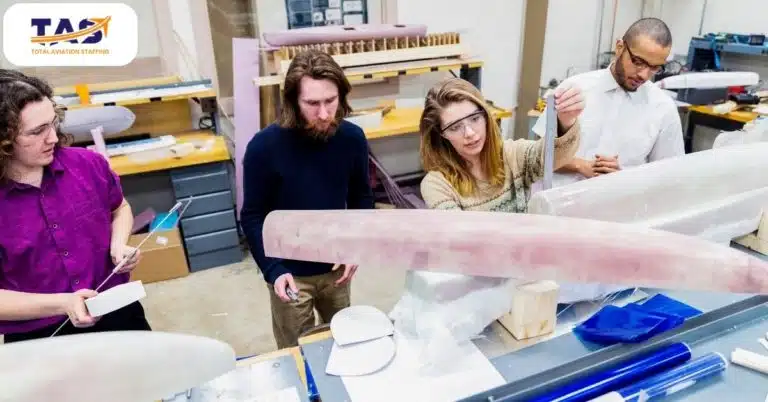
3. Engineering and Architectural Drafting Experience
To be a successful CAD technician, one must have experience in engineering and architectural drafting. This experience provides the foundation for understanding how to create accurate drawings that can be used by engineers and architects to design structures.
In addition, aviation experience is also helpful as it gives CAD technicians a better understanding of the three-dimensional space in which they work. With this knowledge, they can more easily create drawings that accurately represent the objects they are trying to depict.
As a result, experience in both engineering and aviation is essential for anyone looking to succeed in this field.
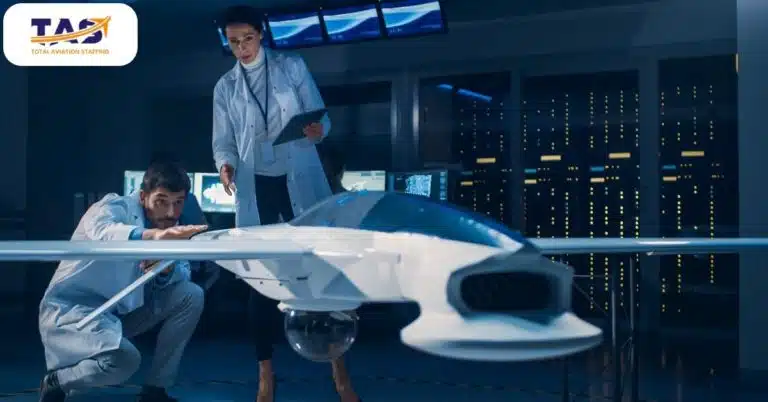
4. Knowledge of Materials and Manufacturing Processes
As a CAD technician, one of the most important skills you can possess is knowledge of materials and manufacturing processes. This knowledge is essential in aviation, as it helps to ensure that aircraft are designed and built using materials that meet safety standards and can withstand the rigors of flight.
In addition, knowledge of materials and manufacturing processes helps CAD technicians to optimize the design of aircraft components, making them lighter and more efficient. As the aviation industry becomes increasingly competitive, possessing this skill will give you a significant advantage in the job market.
With a strong understanding of materials and manufacturing processes, you’ll be well-positioned to take your career to new heights.

5. Computer-Aided Manufacturing (CAM) Software Experience
A CAD technician uses computer-aided design (CAD) software to create aviation products. This software helps technicians to visualize products, ensure accuracy, and create designs that can be manufactured.
In order to be successful in this role, it is essential to have experience with CAD software. Furthermore, experience with CAM software is also beneficial. CAM software is used to create code for computer-controlled machines, which manufacture aviation products.
Consequently, a CAD technician with experience in both CAD and CAM software will be best positioned to create accurate and efficient designs.

6. 3D Printing and Modeling Experience
One skill that is necessary to be a successful CAD technician is aviation experience. This experience can be gained through working on designing aviation parts or aviation engineering. The aviation industry is constantly changing and evolving, so it is important for CAD technicians to be up-to-date on the latest aviation trends.
In addition to aviation experience, CAD technicians should also have experience with 3D printing and modeling. This experience can be gained through working on projects that require 3D printing or modeling. These projects can be found in a variety of industries, such as the automotive industry or the medical industry.
By having experience with 3D printing and modeling, CAD technicians will be able to create more accurate models and designs.
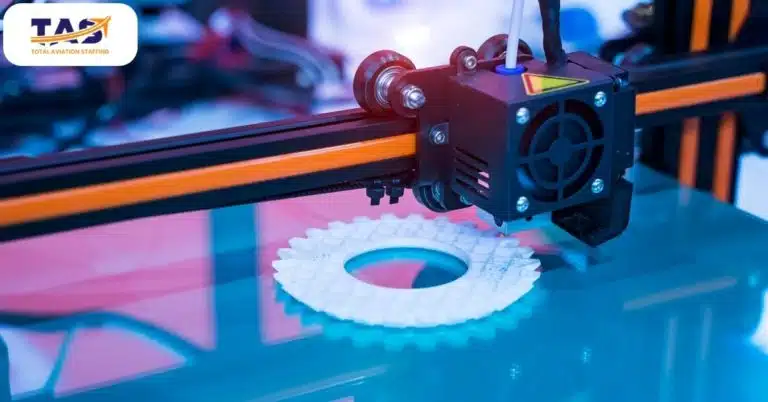
7. 2D Graphic Design Skills
CAD technicians should possess strong 2D graphic design skills. This includes an understanding of layout, color theory, typography, and illustration. These skills are essential when creating aviation drawings that accurately reflect the desired outcome. In addition to aviation experience, having knowledge of 2D graphic design will ensure that CAD technicians can create high-quality designs that meet aviation standards.
Overall, having a combination of aviation experience, computer-aided manufacturing software experience, 3D printing, and modeling experience, and 2D graphic design skills will help CAD technicians to become the most successful in aviation engineering.
With these skills and knowledge, CAD technicians can create accurate designs that meet aviation requirements. Ultimately, this expertise will help aviation companies save money and create safer products.
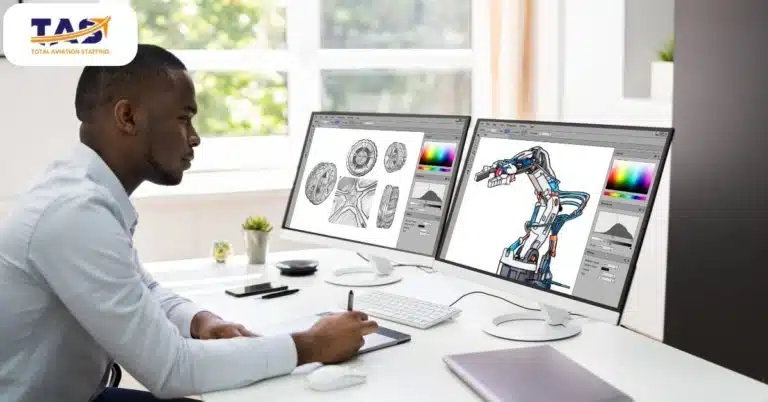
8. Time Management Skills
As a CAD technician, it is essential to have strong time management skills. This role requires accuracy and attention to detail in order to ensure aviation parts are designed correctly. To meet deadlines, CAD technicians must be able to manage their time effectively.
Time management skills also help CAD technicians stay organized when working on multiple projects at once. Strong time management skills can help CAD technicians prioritize tasks, manage their workflow, and ensure aviation products meet deadlines.
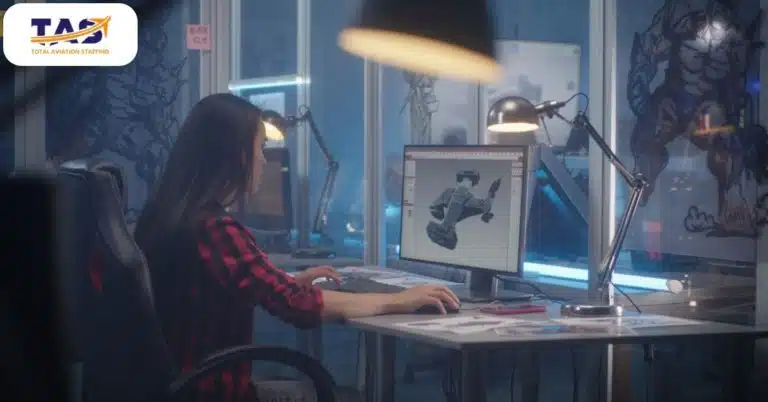
In conclusion
Overall, having a solid understanding of aviation engineering coupled with experience in CAD software, CAM software, 3D printing and modeling, 2D graphic design skills, and time management will make you an ideal candidate for the aviation industry. With these skills, you can be confident that your designs will meet aviation standards and help to create the safest aviation parts possible.
